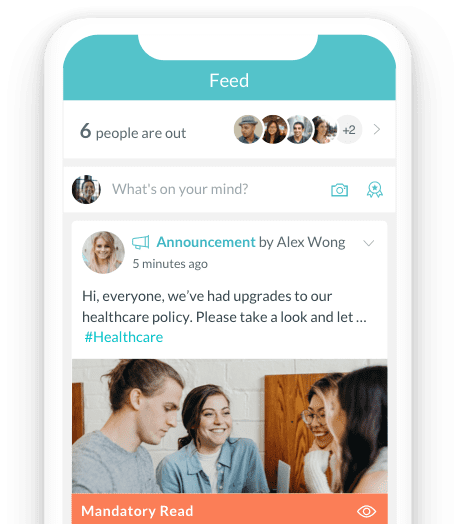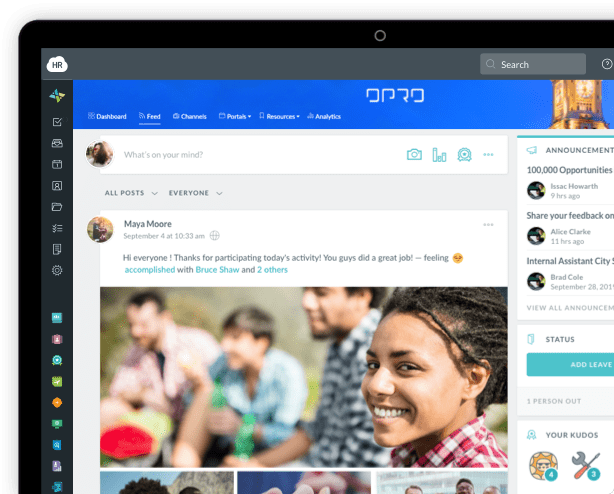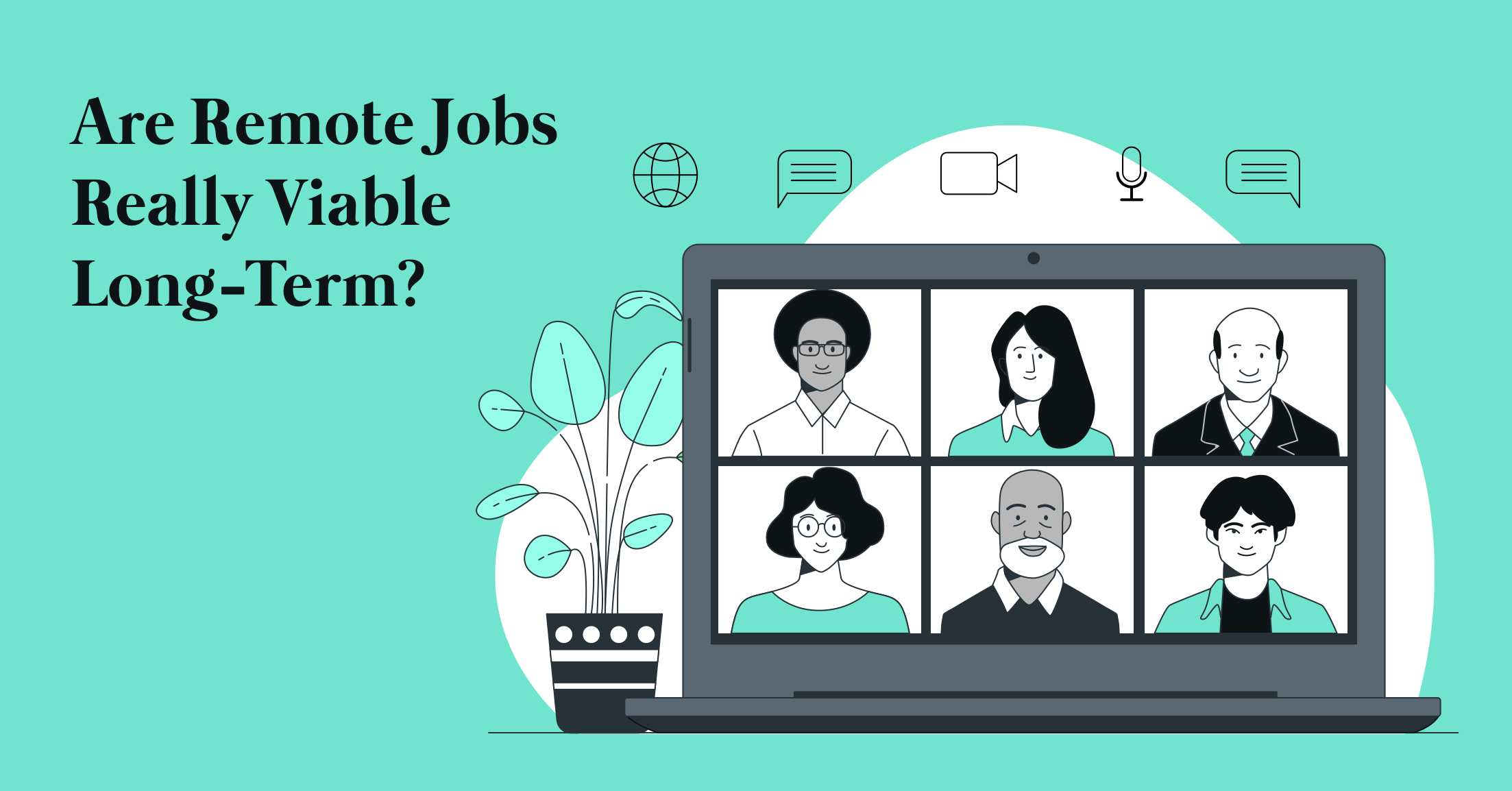If you’ve turned on the news in the last seven months, you know that the pandemic has shaken up most industries. As such, a huge number of jobs have been lost and many more have gone remote. But how do you find work-at-home jobs? And once you find them, how do you set yourself up for success in the long term? Read on for advice brought to you by HR Cloud.

What Is Remote Work?
Remote work is essentially any business opportunity or position that allows you to work from home. The vast majority provide a flexible schedule or, at the very least, your duties may be tended to whether you are at home or on vacation.
In addition to flexibility, working remotely has many advantages. For example, if you have a long commute to and from the office each day, working from home allows you to add time back to your day that was once spent driving (or stuck in traffic). It’s also a helpful situation for parents whose kids are off from school (and old enough to entertain themselves), since moms and dads can keep an eye on them while they’re working and don’t have to hire a childcare provider.

How Do You Find Work-At-Home Jobs?
For the most part, any job you could do at an office can safely and effectively be tackled from your home office. You might, for example, look at roles in customer service, sales, marketing, or software development. Using online job boards such as FlexJobs, you can even find open opportunities in business administration, graphic design, and engineering. By going this route, you will be considered a freelancer or contractor, and your taxes may be a bit different than a 40-hour-per-week employee.
If you are looking for an actual employment situation – which means you have health insurance, benefits, and your employer can demand that you work certain hours – you can look online for this as well. Keep in mind that there is an ever-revolving platform of work at home jobs. In addition to FlexJobs, you can try other sites like Indeed, Monster, Careerbuilder, etc. Do a little digging, and you’ll find plenty of resources to help you get started.
Another option is to contact your employer of choice to inquire about open positions that may be performed at home. Today, more businesses than ever are open to allowing employees to work from home. Many of them also have no plans to go back to a brick and mortar office space once the pandemic is over.

I Got The Job. Now What?
So you found a job, made it past the interview stage, and have accepted an offer. Now it’s time to set up your home office so that you can work efficiently and, ideally, continue to safely social-distance.
One of your first obligations is to talk with your family. Let them know that your new situation requires their cooperation. If you have children attending school from home, your hours may overlap. Talk to them about when it is appropriate to enter your home-based workspace for assistance. Older kids can usually write their questions down and wait for you to come out for a break or your scheduled lunch period. BBC asserts that homeschooling during the pandemic is difficult; add in a new job, and failure to prepare everyone for this new change can result in personal and professional disaster.
 When everyone is on the same page, choose your workspace wisely. Your most ideal situation is to have a separate office away from the main traffic flow of your home. If your spouse will also work from home, separate your work areas as well as possible, and create a schedule so that you have at least one parent available for the children at the top of each hour. You’ll also need to make sure you have all of the equipment you need to get your job done. At the very least, invest in a reliable laptop, a spacious desk, and a comfortable chair.
When everyone is on the same page, choose your workspace wisely. Your most ideal situation is to have a separate office away from the main traffic flow of your home. If your spouse will also work from home, separate your work areas as well as possible, and create a schedule so that you have at least one parent available for the children at the top of each hour. You’ll also need to make sure you have all of the equipment you need to get your job done. At the very least, invest in a reliable laptop, a spacious desk, and a comfortable chair.
Along with creating a schedule that allows you and your spouse regular availability to check in on the kids, it’s a good idea to create a timeline for a structured workday similar to what you’d have if you worked in an office outside of the house. In addition to start and end times, factor in a lunch break and a couple of other times when you step away from work. Doing so helps you not only stay more focused while you’re on the clock, it also helps prevent you from feeling burnt out.
Perhaps most importantly, wake up each morning motivated and ready to work. Working at home does not mean working without supervision completely. Your employer will notice if you are performing and, should you choose to be a freelancer, your clients will know, too.
To learn how HR Cloud’s solutions can keep your employees engaged whether they’re working in the company office or from home, contact us and visit our blog.
About Author: This article is written by a marketing team member at HR Cloud. HR Cloud is a leading provider of proven HR solutions, including recruiting, onboarding, employee communications & engagement, and rewards & recognition. Our user-friendly software increases employee productivity, delivers time and cost savings, and minimizes compliance risk.

Keep Reading
Balancing Technology and the Human Touch in Employee Engagement
Companies are taking employee engagement very seriously because it is one of the ways of
Building Strong Teams: The Power of Team Bonding Exercises
Never overestimate the power of collaboration as a core element of effective team



